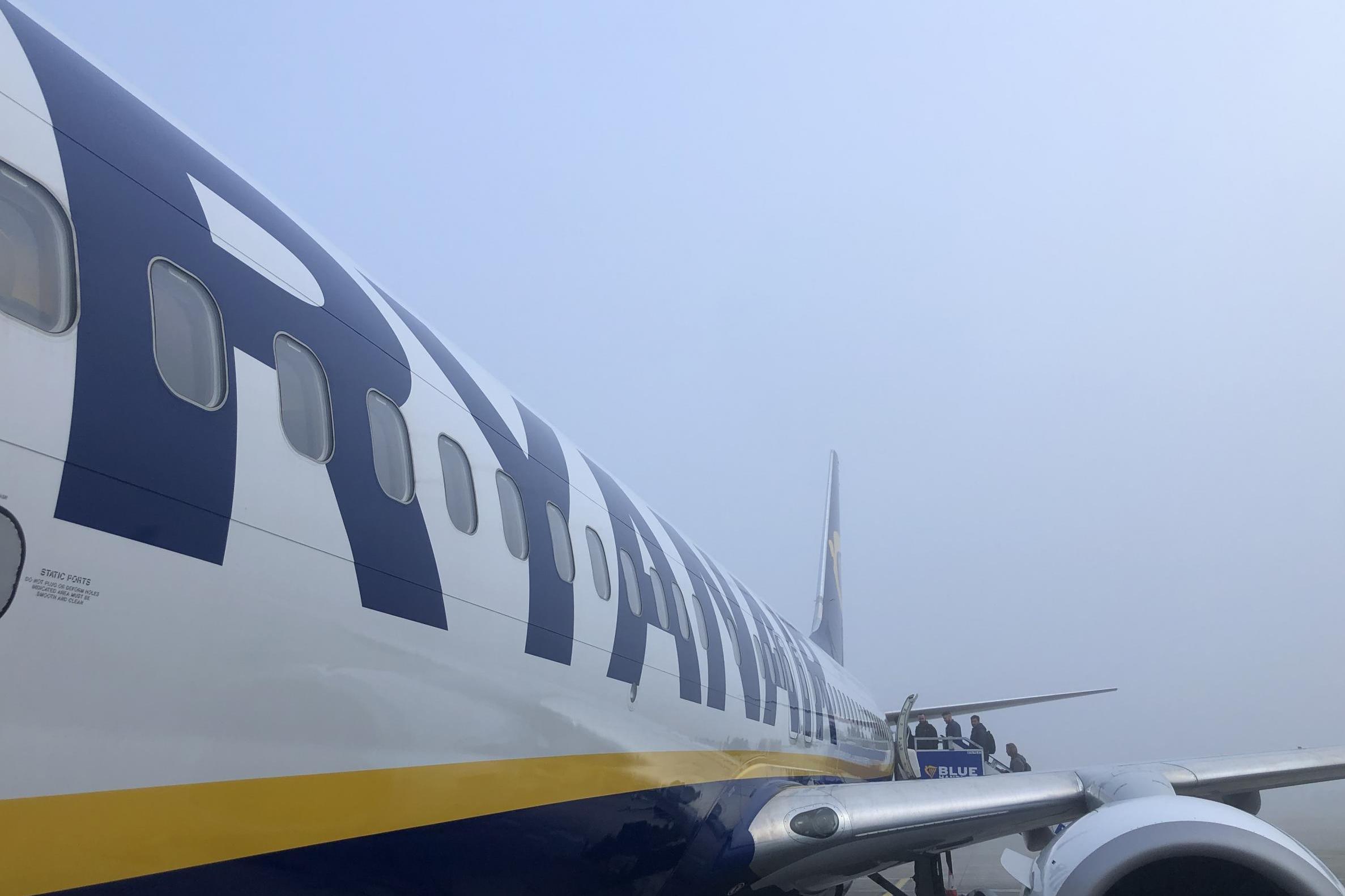This website uses cookies so that we can provide you with the best user experience possible. Cookie information is stored in your browser and performs functions such as recognising you when you return to our website and helping our team to understand which sections of the website you find most interesting and useful.

The grounding of the Boeing 737 Max is slowing Ryanair’s growth significantly, the airline has said.
The plane was grounded almost a year ago following two fatal crashes that cost a total of 346 lives.
Until recently, Boeing was confident the Max would be back in passenger service early in 2020. But now the planemaker says it will return in the middle of the year.
Ryanair has the biggest order for the type in Europe – for 210 of a special variant called the Max 200, with an extra eight seats. It was due to start flying them in May 2019, but due to the worldwide grounding it has yet to take delivery of any of the aircraft.
The airline said in a statement: “It is now likely that our first Max aircraft will not deliver until September or October 2020.
Created with Sketch.
Created with Sketch.
1/6
Boeing 737 aeroplanes are parked in the employee car park of Boeing's Seattle factory
King 5
2/6
Seen above the car park is the full storage area for planes at Boeing's Seattle factory
D. Permadi
3/6
Six 737s are currently being stored in the car park as they have not been delivered from the factory due to the model being grounded following two major crashes
4/6
Boeing has incurred first quarter losses of around $1 billion following the crashes and ensuing controversy
King 5
5/6
The company grounded their 737 model in March following their second deadly crash in months
King 5
6/6
Seen above the car park is the full storage area for planes at Boeing's Seattle factory
1/6
Boeing 737 aeroplanes are parked in the employee car park of Boeing's Seattle factory
King 5
2/6
Seen above the car park is the full storage area for planes at Boeing's Seattle factory
D. Permadi
3/6
Six 737s are currently being stored in the car park as they have not been delivered from the factory due to the model being grounded following two major crashes
4/6
Boeing has incurred first quarter losses of around $1 billion following the crashes and ensuing controversy
King 5
5/6
The company grounded their 737 model in March following their second deadly crash in months
King 5
6/6
Seen above the car park is the full storage area for planes at Boeing's Seattle factory
“The requirement for Max simulator training will also slow down the delivery of backlogged aircraft and new deliveries.
“But we believe that these ‘gamechanger’ aircraft (with 4 per cent more seats, 16 per cent less fuel burn), when delivered, will transform our cost base and our business for the next decade.
“As a direct result of these delivery delays, we plan to extend our 200 million per annum passenger target by at least one or two years.”
The carrier now expects to hit the 200 million annual passenger figure – representing 550,000 per day – around the end of 2025. It has flown 154 million passengers in the past year.
Ryanair blamed the delivery delays for the closure of some bases in Spain, Germany and Sweden.
However, profits rose sharply in the airline’s third financial quarter, covering October to December 2019.
It turned a €66m (£55m) loss for the same period in 2018 to a €88m (£74m) profit, due largely to high fares at Christmas.
Passenger numbers grew by 6 per cent to an average of 400,000 per day. Ryanair’s load factor – the proportion of seats filled – increased by one per cent to 96 per cent.



 Africana55 Radio
Africana55 Radio 

